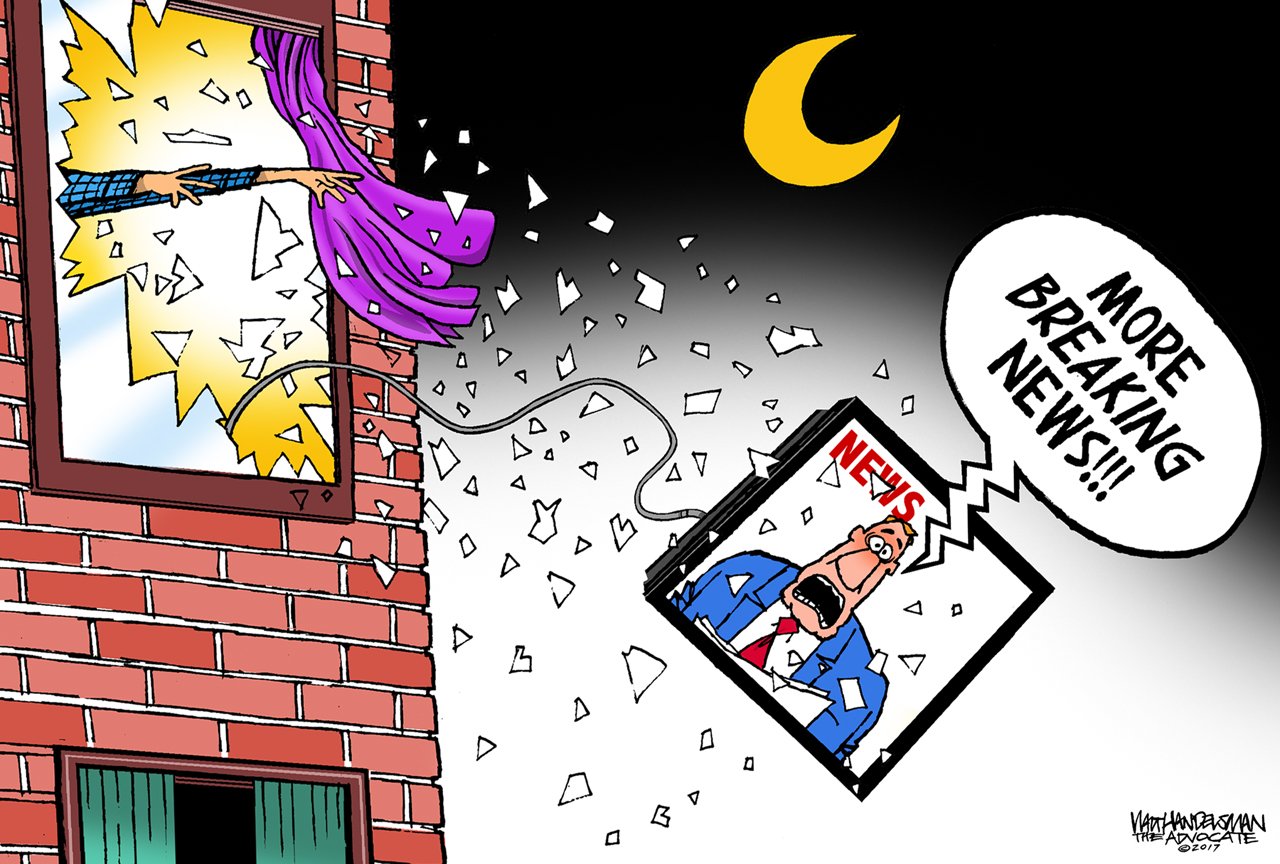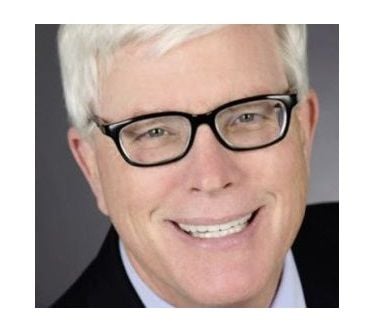
Broadcast news is dancing on the edge of a disastrous precipice. It threatens to fall completely into the category of "entertainment programming," and if it does, politics will suffer greatly as Americans lose the ability to agree at least on what the facts are, the most important stories emerging.
If all news programming becomes what cable prime time already is, then the news business becomes just another diversion, another channel on the dial of entertainment choices: ubiquitous in our lives, but not the source of news. The driving force behind this change? The baby boomers, of course.
The Greatest Generation, shaped by a world war during which hard facts mattered, wanted their news straight. Thus, in the 1950s and 1960s, Edward R. Murrow, Walter Cronkite and other big names in the still-young world of television held forth as reliable, nonpartisan purveyors of "just the facts."
That model remained viable as the World War II generation grew older; but as they gave up the remote control, the culture of "news" changed.
Their boomer replacements' first exposure to mass media came, in most cases, from the radio and the popular music that many of their parents kept telling them to turn down.
As the years went by, those radio stations tried hard to find the formula to attract the boomers and then keep them listening. The key ingredient then was the slowly-but-always changing "Top 40" hits
. The truth is, every Top 40 station, from WABC in New York to KIIS in Los Angeles, was pretty much the same for the vast majority of American teenagers or preteens in those heady days as music shaped a generation.
Boomers and those just ahead or behind them on the demographic bubble want to hear what they want to hear - over and over again, from personalities they find comfortable and amusing. Cable news is giving in to demographics-driven demand.
Sure, the most desirable "demo" remains ages 25 to 54, but eyeballs, like listeners, matter whatever the age. Everybody buys something.
If the cable-news audience is older, like the talk-radio audience, the advertising simply changes.
It's true that Presidents Dwight Eisenhower and John F. Kennedy could not be more different from President Donald Trump in personality, but the president doesn't choose what you are watching and hearing: Audience demand does.
Now even the youngest boomers (myself included) are closing in on - or have crossed - the magic age of 60, and they are watching cable news, not listening to new music. Whatever the tilt of their politics, they want their information served up just as their music was: in slowly-but-always-changing three-minute bites, strung together by familiar faces with a sense of humor and style, and - crucially - endlessly repetitive and reassuring.
Just as a note or two of a rock-and-roll classic is an instantly recognizable introduction to a well-known tune, news "stories" and their slants are instantly framed and understood. To differentiate the "news," there is only a ratcheting up of invective- the cable equivalent of contests and jingles. The boomers have always gotten their way, their numbers being so vast, and even as Father Time comes for them, they are still calling the shots on mass-broadcast media because their children and grandchildren consume media from different platforms.
So it is with cable news today.
"The Way We Were" was the top single of 1974, and also a good summary of the future of cable "news." And if the trends gripping cable spread to network news, and there's no reason that they should not, politics becomes not debate about true and false, but choices about what triggers our endorphins.


 Contact The Editor
Contact The Editor
 Articles By This Author
Articles By This Author